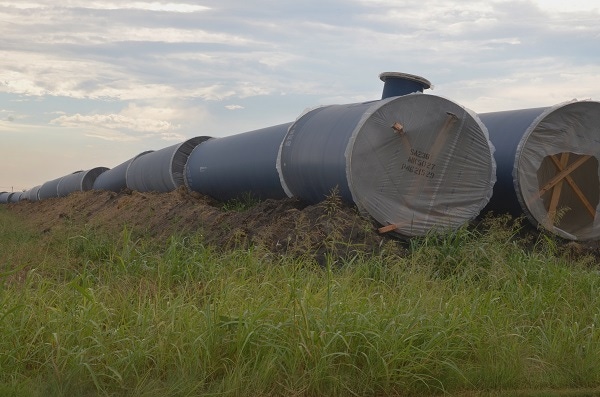
Rainfall around the Memorial Day holiday reminded a lot of Southwest farmers and ranchers what precipitation looks like.
And those rain events, some amounting to accumulations in excess of 10 inches, will help restore pastures, provide some planting moisture and restore a bit of hope for the coming growing season.
But, “and there are a lot of buts,” according to the latest Drought Monitor map, released this week by the Texas Water Development Board. “Widespread and deep rains brought some drought relief across much of the state,” the latest report said. “But reservoirs remain low. Exceptional drought is down 15 percentage points but 71 percent of the state remains in drought.”
For the latest on southwest agriculture, please check out Southwest Farm Press Daily and receive the latest news right to your inbox.
The report also noted that some reservoirs received needed inflow. “But statewide storage came up only 1 percent. The rains were welcome, but we need more.”
And those rains were not uniform. Some areas of the Texas Panhandle, for instance, recorded 6 to 8 inches. Other farms received much less with some reporting fields that remain dry.
George and John Guenther, Seminole, Texas, say one of their farms received 2 inches of rain. Others got none. They also report that temperatures this week are topping 100 degrees.
The Texas drought monitor shows 71 percent of the state remains in moderate to exceptional drought status. That’s down from 72 percent from last week, up from 68 percent three months ago and significantly better than the 88 percent rate from a year ago.
AgriLife Update
Robert Burns, Texas AgriLife media specialist, reports in his weekly weather and crops update that drought may be far from gone, but has been pushed back in the last two weeks.
He writes that the National Weather Service precipitation analysis shows all areas but extreme South Texas and Far West Texas received from 1 inch to 6 inches or more of rain in the past two weeks.
About half the state remains in severe to exceptional drought, according the U.S. Drought Monitor report of May 29, but the percentage under exceptional drought conditions dropped from 25 percent to about 11 percent since May 20. Extreme drought percentages dropped about 8 percent.
Guy Fipps, AgriLife Extension irrigation engineer, College Station, agrees that reservoir levels remain a concern. “In the watersheds where we have the most critical shortages, such as the Colorado River, we didn’t get much relief,” Fipps said. “In the last weather pattern, the counties that got the heaviest rains are closer to the Gulf. Unfortunately, in those areas the runoff doesn’t go to any major reservoirs. Most of the reservoirs depend on rainfall in West Texas, the Hill Country or Northwest Texas.”
According to the Texas Water Development Board, the state’s reservoirs, taken as a whole, are about 67 percent full. But many large reservoirs east of Interstate 45 are 80 percent to 100 percent of capacity. West of I-45, most reservoirs are nearly empty or at critically low levels.
It’s unlikely they will see relief anytime soon, Fipps said.
“We’re getting into our summer weather pattern now,” he added. “In the summertime, we generally don’t get widespread, slow, soaking rains that contribute to reservoirs. We tend to get more spotty stuff and brief thunderstorms.”
About the Author(s)
You May Also Like






